Breaking a Lease: Do You Need Paperwork Signed?

Understanding the Importance of Paperwork When Breaking a Lease

When it comes to breaking a lease, understanding the legal documentation and paperwork involved is crucial. Whether you’re relocating for work, encountering financial issues, or simply looking to move for personal reasons, handling your lease agreement carefully can prevent legal and financial complications down the road.
The Basics of Lease Agreements

A lease agreement is a legally binding contract between you and your landlord, outlining the terms under which you are allowed to live in a property. This document includes:
- Names of the tenant(s) and landlord
- Property address
- Length of the lease
- Rent amount and payment schedule
- Security deposit details
- Rules regarding termination or breaking the lease
- Conditions for breaking the lease early
It's imperative that both parties understand this contract thoroughly, as it sets the groundwork for what will happen should the tenant decide or need to break the lease prematurely.
When and Why You Might Need to Break a Lease

Several reasons can push a tenant to break a lease:
- Change in Employment: Moving for a new job or being relocated by an employer.
- Financial Hardship: Loss of job or unexpected expenses making rent unaffordable.
- Legal Grounds: Under laws like the Servicemembers Civil Relief Act, or due to uninhabitable living conditions.
- Personal Reasons: Divorce, serious health issues, or family changes.
When these or other situations arise, proper documentation and communication with the landlord are vital to avoid potential penalties or legal issues.
The Necessity of Signed Paperwork
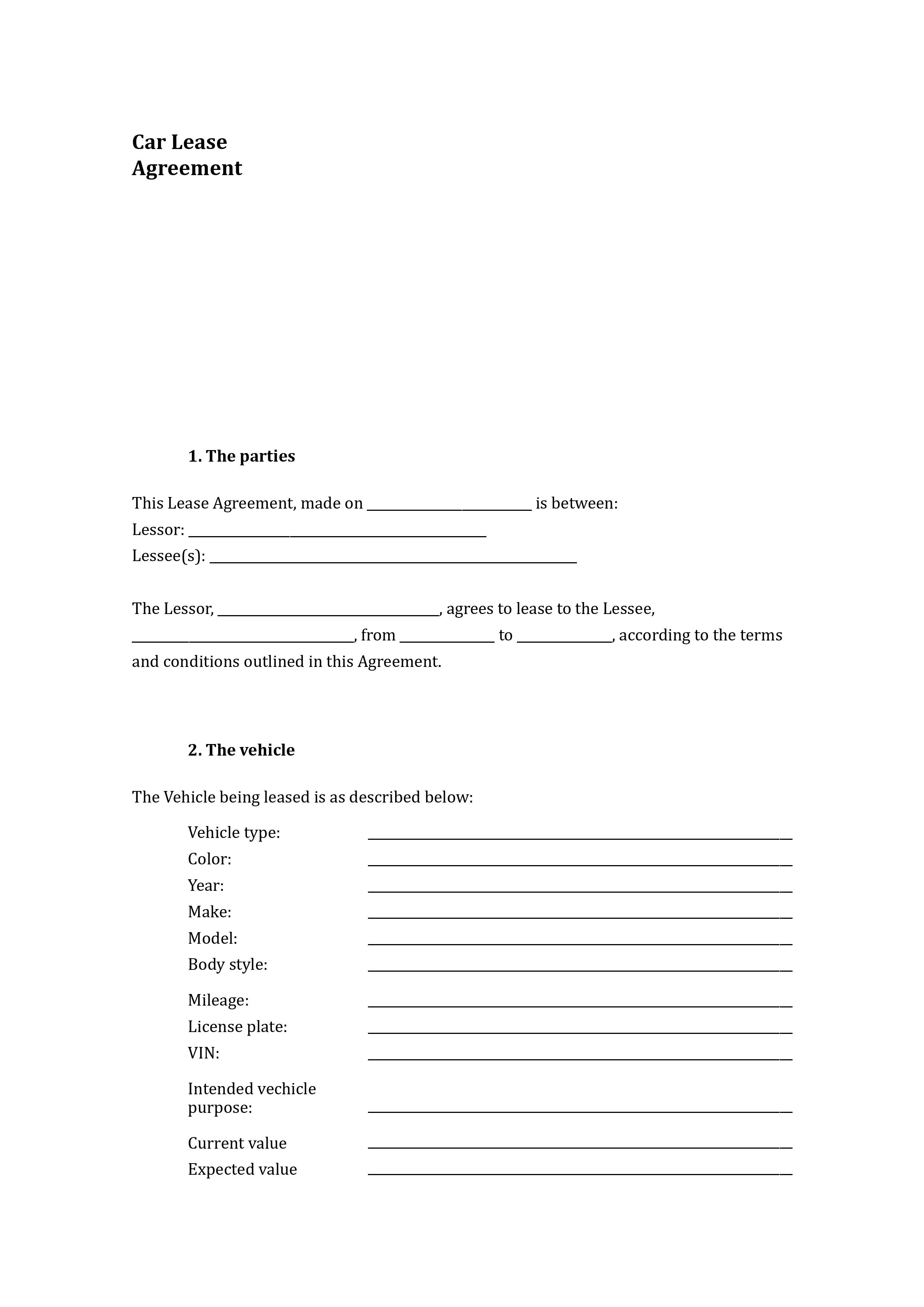
While some landlords might be lenient and accept an informal agreement to end the lease early, there are compelling reasons to insist on formal, signed paperwork:
- Legal Protection: Signed paperwork provides proof that both parties have agreed to the terms, minimizing disputes later.
- Clarity: It ensures all conditions for breaking the lease are clearly outlined and agreed upon, including fees, forfeitures, or refund conditions.
- Record Keeping: Having an official record is helpful for both parties, especially in case of a rental history review or legal proceedings.
- Financial Agreements: Any financial transactions like rent refunds, security deposit, or early termination fees should be documented.
Here is an example of how such an agreement might look:
| Tenant | Landlord |
|---|---|
| Name: [Tenant's Name] | Name: [Landlord's Name] |
| Address: [Property Address] | Address: [Landlord's Address] |
| Lease Termination Date: [Date] | |
| Termination Fee: [Amount] | |
| Remaining Rent: [Amount or waived] | |
| Security Deposit: [Refund or Keep] | |
| Additional Notes: [Any Special Conditions] |
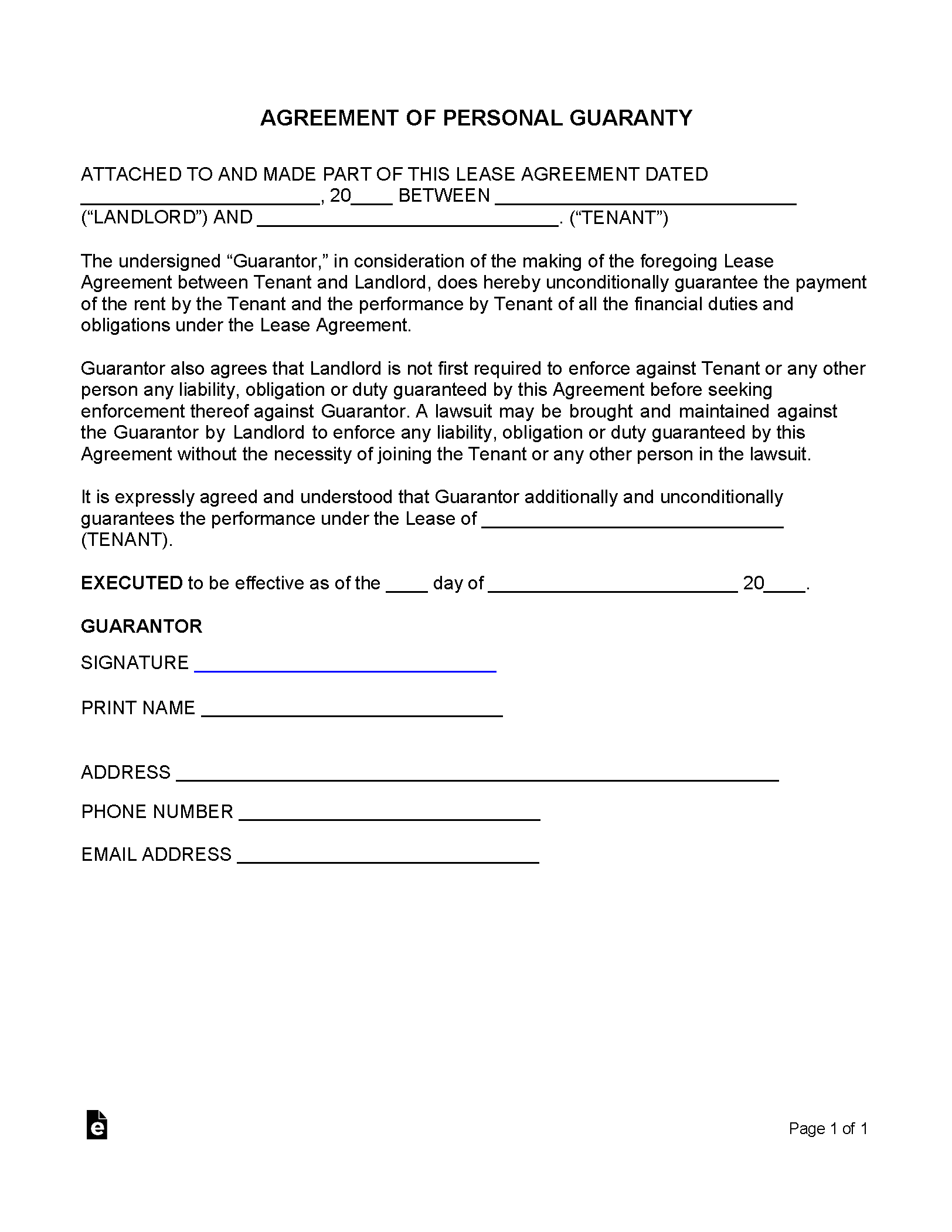
💡 Note: The terms outlined here should be mutually agreed upon, and any amendments to the lease agreement must be reflected in this document.
Steps to Properly Break a Lease
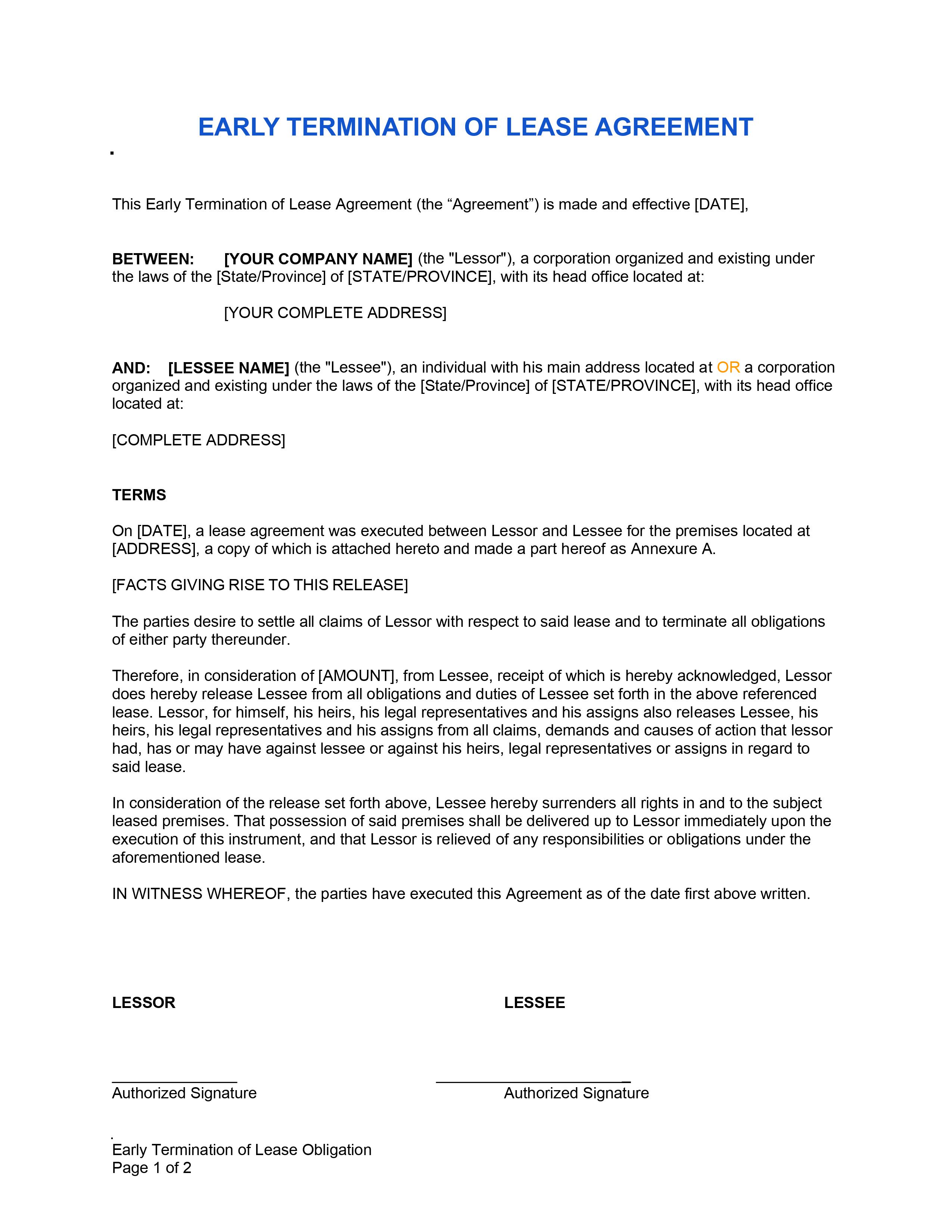
Here are the steps you should follow to break a lease correctly:
Review Your Lease: Understand the conditions for early termination, penalties, and what’s required for breaking the lease.
Communicate with Your Landlord: Notify your landlord as early as possible, preferably in writing, to negotiate the terms for breaking the lease.
Find a Replacement Tenant: If your lease allows, find someone to sublet or take over the lease to reduce your financial liability.
Document Everything: Draft an addendum or a new lease termination agreement that both parties will sign.
Understand Financial Implications: Be aware of any termination fees, rent owed, and how your security deposit will be handled.
Get Everything in Writing: Ensure all agreements, including any financial transactions or conditions, are put in writing and signed.
Give Formal Notice: Provide the landlord with a formal notice of lease termination in line with the agreed-upon terms or local law.
🚨 Note: If you're breaking the lease due to legal reasons like uninhabitable conditions or domestic issues, keep documentation to support your case.
Concluding Thoughts on Breaking a Lease
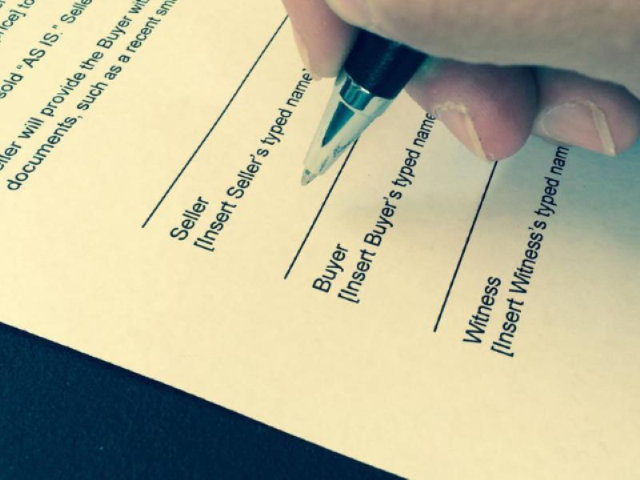
Breaking a lease can be a complex process, but with the right documentation and understanding of your lease agreement, you can navigate it smoothly. Always prioritize communication with your landlord and maintain thorough records of all agreements made. Remember, the key to a problem-free lease termination lies in understanding your lease, respecting the legal obligations, and ensuring all parties are in clear agreement through signed paperwork.
What happens if I break my lease without signed paperwork?

+
Without signed documentation, you risk potential legal action from the landlord for breach of contract, which could include having to pay the remaining rent for the lease term, court costs, and potentially more.
Can I negotiate the terms of breaking a lease?
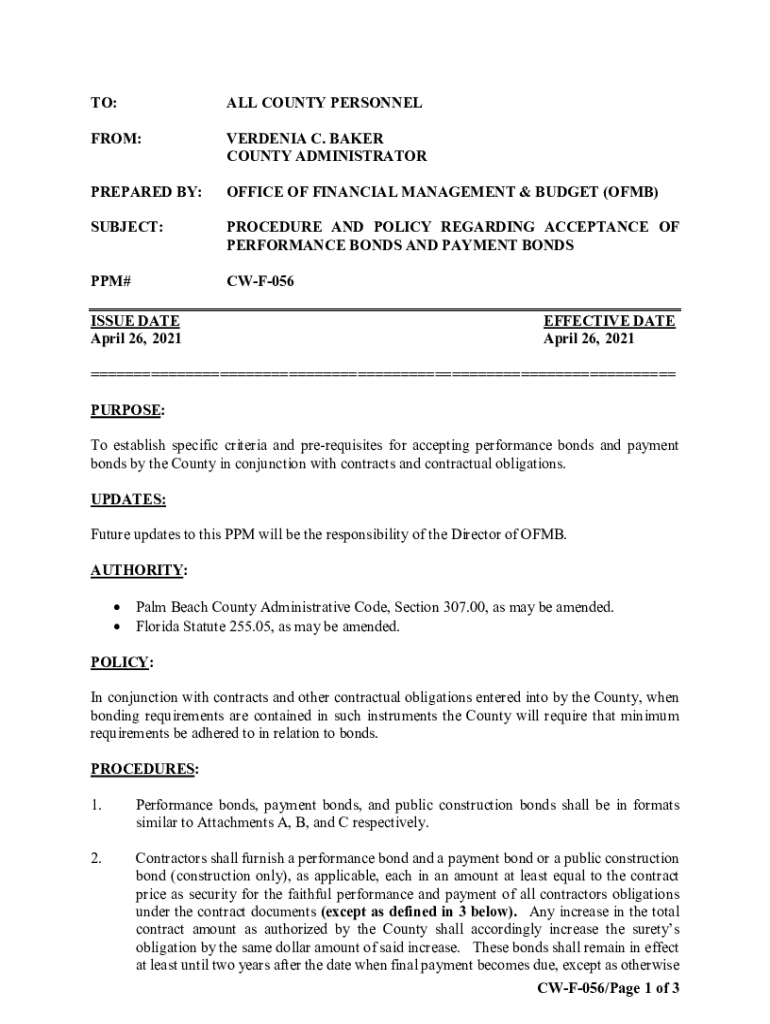
+
Yes, landlords are often open to negotiation, especially if they can find a new tenant quickly. Discussing terms like forfeiting part of your security deposit or finding a replacement tenant can sometimes lead to a more favorable agreement.
What are the potential penalties for breaking a lease?
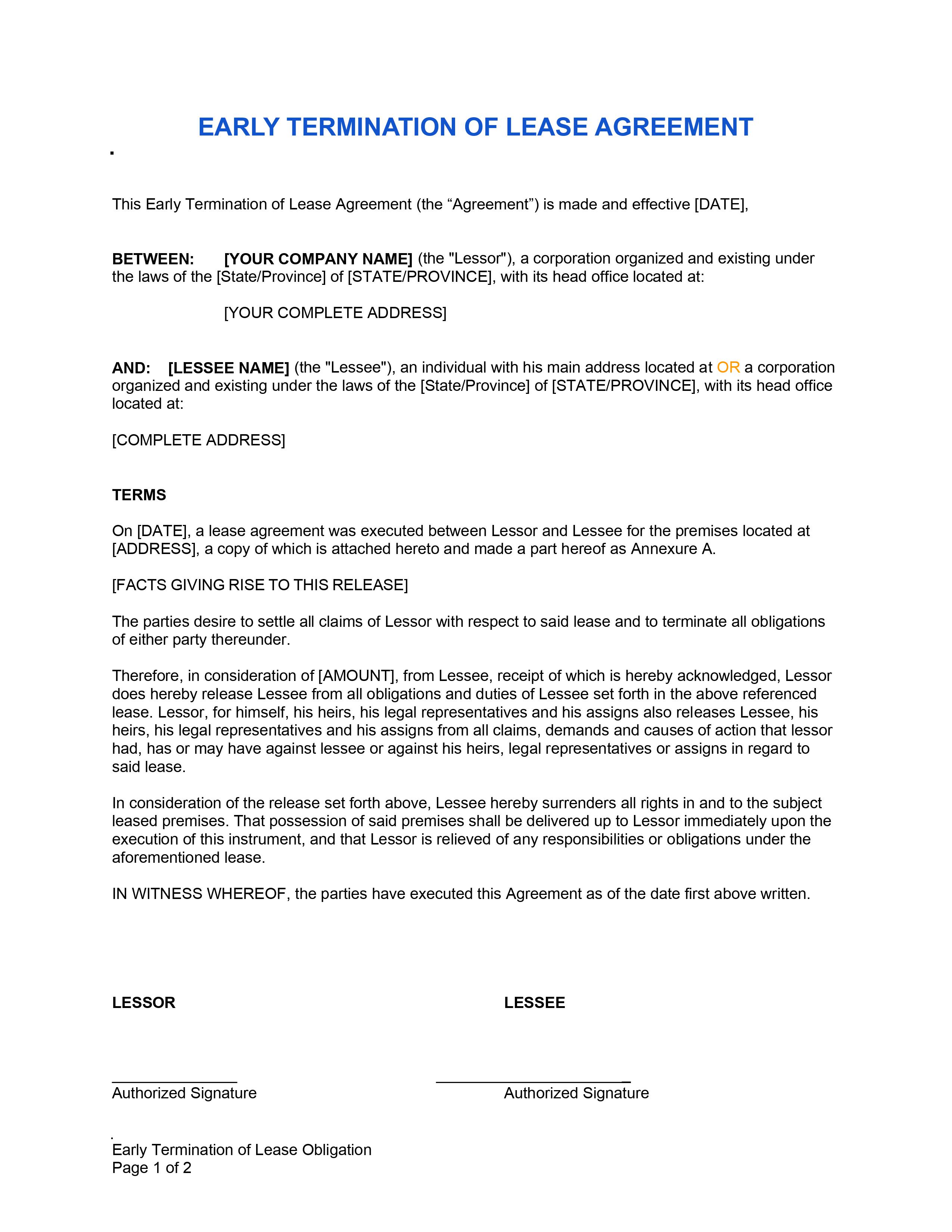
+
Penalties might include forfeiting your security deposit, early termination fees, the obligation to pay rent until a new tenant is found, and damages for any costs the landlord incurs to re-let the property.